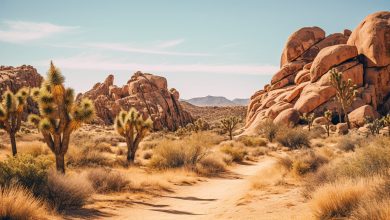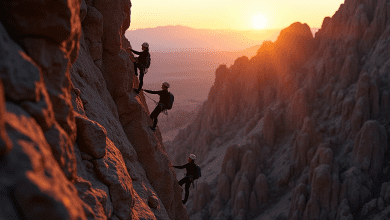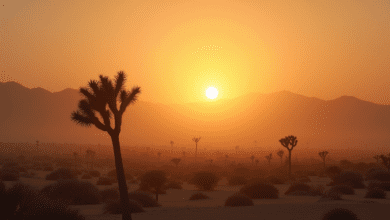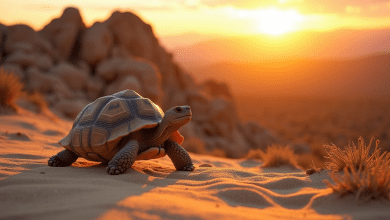Understanding Rainfall in Joshua Tree National Park: What You Need to Know Before Your Visit

Does it Rain in Joshua Tree National Park?
Joshua Tree National Park, located in Southern California, is renowned for its breathtaking vistas, unique rock formations, and iconic Joshua trees. However, for nature lovers and adventure seekers planning a trip to this beautiful desert landscape, one crucial aspect to consider is the weather, particularly rainfall. In this article, we will explore the rain patterns in Joshua Tree National Park, what to expect during different seasons, and tips for planning your visit around the weather.
Understanding the Climate of Joshua Tree National Park
Joshua Tree National Park has a unique desert climate characterized by hot summers and mild winters. The park sits at an elevation of about 5,500 feet, which can lead to significant temperature variations. While many visitors are drawn to the area for its sun-soaked skies and breathtaking rock formations, understanding the role of precipitation is essential for a successful visit.
Precipitation Patterns Throughout the Year
When considering whether it rains in Joshua Tree National Park, it’s important to look at the annual precipitation data. The park receives, on average, about 3 to 5 inches of rain per year, primarily concentrated between December and March. However, these amounts can vary significantly from year to year. Here’s a closer look at rainfall trends in each season:
- Winter (December – February): This time of year sees the most precipitation in Joshua Tree National Park. Although snow is rare, rain can occur, especially at higher elevations. Daytime temperatures are mild, but nights can be quite chilly.
- Spring (March – May): As temperatures begin to rise, rainfall starts to decrease. Spring is a fantastic time to visit, as wildflowers bloom and the landscape becomes vibrant. Rainfall during this season is relatively rare but can occur.
- Summer (June – August): Summer months in Joshua Tree are extremely dry, with the least amount of rainfall. However, temperatures can soar above 100°F during the day. If rain does occur, it often comes in the form of brief thunderstorms, typically in July and August, which can lead to flash flooding.
- Fall (September – November): Similar to spring, fall represents a transition time in Joshua Tree’s weather. While rain is still infrequent, there can be occasional storms in late summer or early fall. The temperatures start to cool, making it a pleasant time for hiking and exploring.
What to Pack for Potential Rain
While rainfall in Joshua Tree National Park is infrequent, being prepared for the possibility can enhance your experience. Here are a few essential items to pack:
- Waterproof Jacket: A lightweight, waterproof jacket is a must for unexpected rain showers. This will keep you dry and comfortable while hiking.
- Sturdy Footwear: Proper hiking shoes with good traction are essential, especially if the trails become muddy or slippery after rain.
- Sun Protection: Even on overcast days, UV rays can penetrate through clouds. Sunscreen, sunglasses, and a wide-brimmed hat are important additions to your packing list.
- Hydration Supplies: Always carry plenty of water, regardless of weather conditions. It’s crucial to stay hydrated, particularly in the desert climate.
Best Time to Visit Joshua Tree National Park
Given its unique climate and rainfall patterns, the best time to visit Joshua Tree National Park typically falls during the spring and fall months. During these seasons, temperatures are mild, the likelihood of rain is lower, and the park is often less crowded compared to the peak summer season.
Moreover, if you’re hoping to see wildflowers in bloom, planning your trip between February and April would yield stunning views across the park. Conversely, if you prefer cooler weather and fewer tourists, consider visiting in late October through November.
Conclusion
While Joshua Tree National Park is known for its stunning desert landscapes and abundant sunshine, it is essential to consider the potential for rain in your trip planning. By understanding the park’s weather patterns and preparing accordingly, you can make the most of your experience amidst its iconic Joshua trees and unique rock formations. So, whether it’s a sunny day or an unexpected rainy afternoon, there’s always something breathtaking to discover in Joshua Tree National Park. Happy adventuring!




